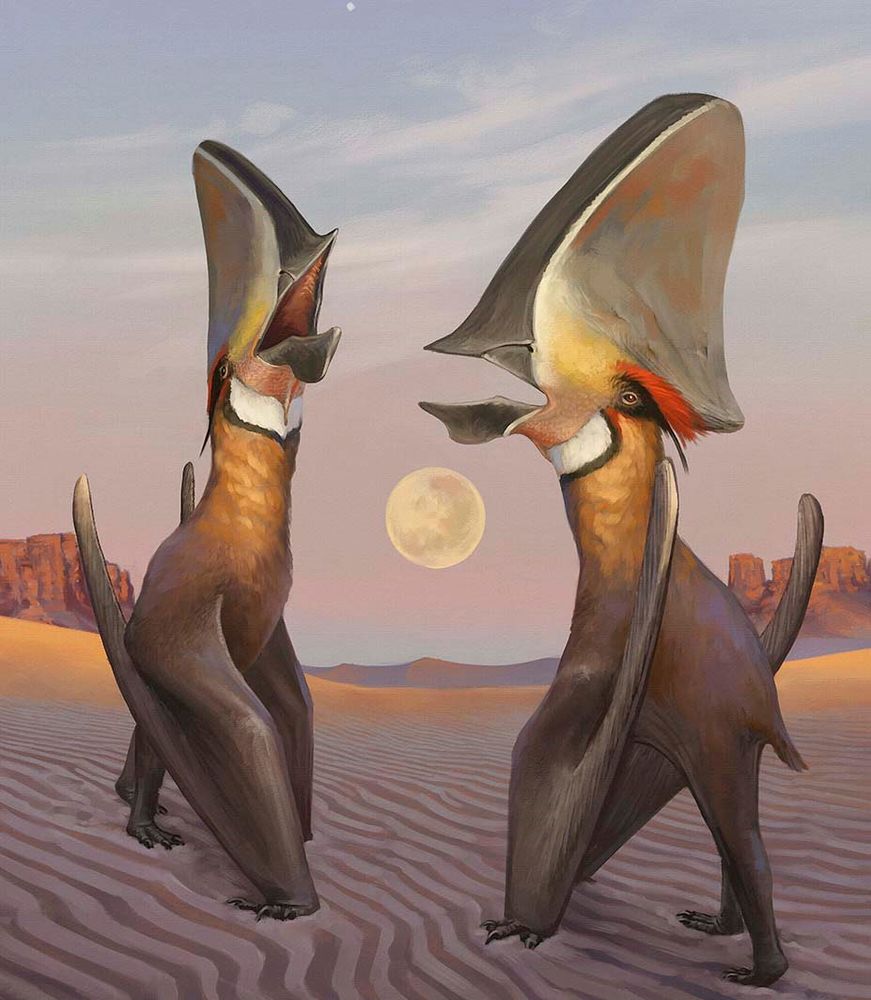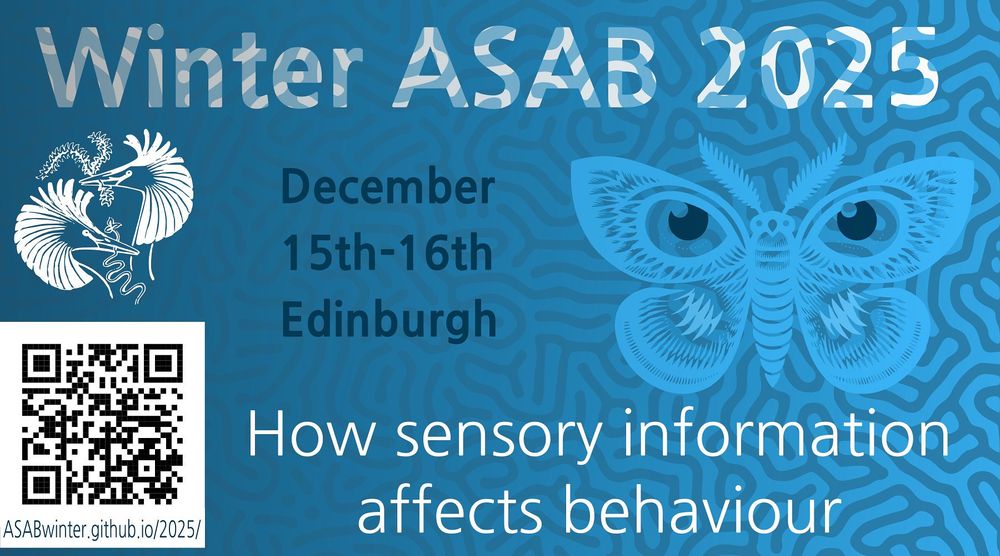Dr Hannah M. Rowland
@hannahmrowland.bsky.social
870 followers
560 following
55 posts
Curious how toxins drive the evolution of new traits 🐸🦖🐍🧪
In awe of nature’s cleverness and strangeness
Enthusiastic champion of caterpillars 🐛
@mpi-ce @livuni-ives
hannahrowland.co.uk
Posts
Media
Videos
Starter Packs
Pinned
Reposted by Dr Hannah M. Rowland
Reposted by Dr Hannah M. Rowland
Reposted by Dr Hannah M. Rowland
Reposted by Dr Hannah M. Rowland
Reposted by Dr Hannah M. Rowland
Reposted by Dr Hannah M. Rowland
Reposted by Dr Hannah M. Rowland
Reposted by Dr Hannah M. Rowland
Reposted by Dr Hannah M. Rowland
Reposted by Dr Hannah M. Rowland
Reposted by Dr Hannah M. Rowland
Reposted by Dr Hannah M. Rowland
Reposted by Dr Hannah M. Rowland
Reposted by Dr Hannah M. Rowland
Reposted by Dr Hannah M. Rowland
Reposted by Dr Hannah M. Rowland
Laura Kelley
@lauraakelley.bsky.social
· Aug 26

























